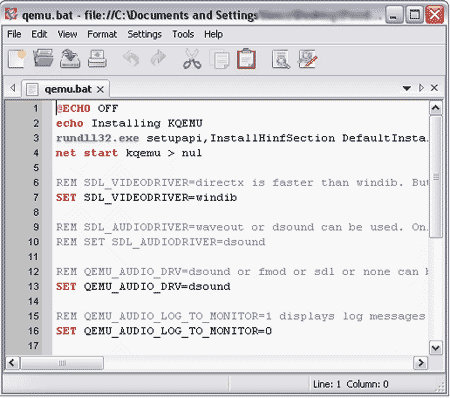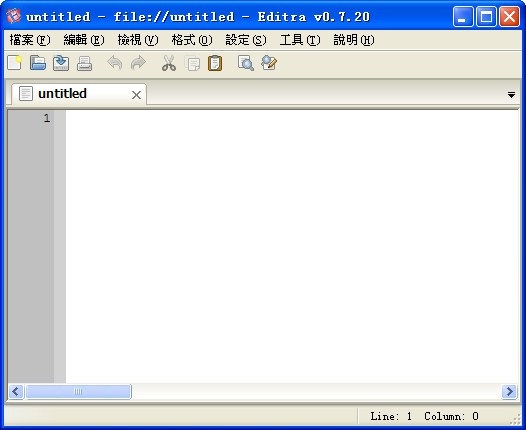
- Best way to work in editra from a second device android#
- Best way to work in editra from a second device software#
- Best way to work in editra from a second device professional#
- Best way to work in editra from a second device series#
Best way to work in editra from a second device android#
Provided you're using a device with Android 5.0 or later - which, for the love of Goog, you'd better be - and that your phone wasn't made by Samsung, that should get you to the appropriate and equivalent place.)
Best way to work in editra from a second device series#
(If you're using a device where the manufacturer has arbitrarily moved things around from Android's typical arrangement and you don't see the exact series of options described above, try searching your phone's settings for the phrase multiple users. That "Turn on phone calls & SMS" toggle is critical to making your new personal profile completely capable and ready to use. Activate the toggle next to "Turn on phone calls & SMS" so that the phone will be fully functional for this new secondary user.Try to make the name something distinctive and obvious - like "Personal Profile," "Susie Personal," or whatever makes sense for you (especially if your name isn't Susie). Flip the toggle on the screen that comes up into the on position, then tap the line labeled "Add user" and type in whatever name you want for the secondary user.Tap "Advanced" followed by "Multiple users.".Open your system settings and go to the System section.To start, grab your phone and do the following: If that sounds like a lot to juggle, don't worry: We're about to break it all down step by step. So if you're using a Samsung device, unfortunately, you're out of luck.įor the rest of us, what we'll be doing is adding a secondary user onto our phones and then framing the primary user as a work profile and the alternate user as a personal environment.
Best way to work in editra from a second device software#
There's one annoying asterisk, though: Just like with Guest Mode, Samsung has for no apparent reason opted to remove this standard operating system element entirely from the software on its phones. It's also part of the same broad system that enables the privacy-enhancing Android Guest Mode I wrote about earlier this fall. It's something that's actually been available on Android phones since way back in the Android 5.0 era of 2014 (and even earlier than that, when it comes to tablets) but that's gotten increasingly buried and underutilized over the years.

And for that, we'll use an oft-forgotten Android phone feature: the ability to sign in as multiple users on the same device. Part I: Establishing your work/personal profilesįirst things first, we need to create the foundation that'll power this entire setup and allow you to maintain the two separate profiles on your phone. It takes a little bit of time to set up initially, but once you have it configured, it'll just work from there on out - and it'll give you the ability to switch easily between work and personal modes on your phone and give your brain a much-needed (even if only occasional) break. I've come up with a crafty workaround for creating your own system of boundary-defining work and personal profiles on Android, with or without any manner of official enterprise enrollment. Well, I'm here to tell you it doesn't have to be that way.

Best way to work in editra from a second device professional#
That means if you're working in a bring-your-own-device sort of setup or in any other situation where a dedicated "work phone" isn't provided, you're pretty much out of luck and left with a jumbled, boundary-free mess of professional and personal stuff. # Next find all the neighbors where this device is the source.And here's the thing: Android itself actually has some thoughtful tools for managing that division and separating your work life from your personal time - but those tools are available only if your phone is part of a company-connected, enterprise-managed arrangement. # First send the command to the device specified when running the # script variables are provided as a global # API Example 8 - Connecting to Multiple Devices in a Script

I cant seem to locate my original Perl script at the moment, but this is one from the Tutorials.


 0 kommentar(er)
0 kommentar(er)
